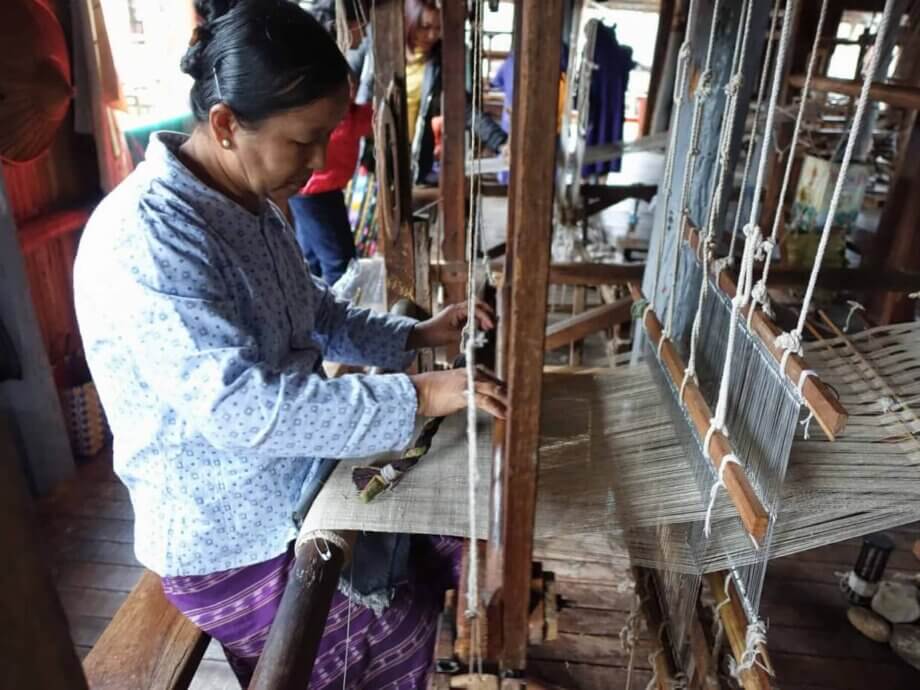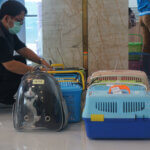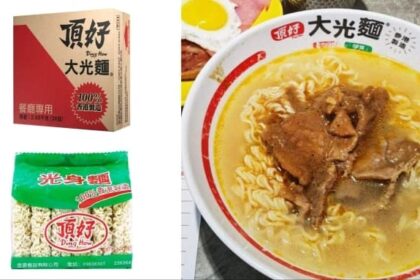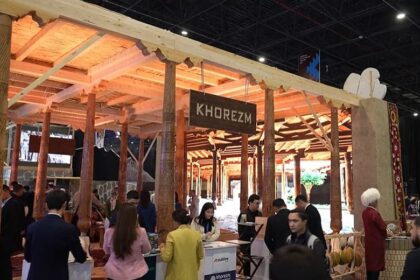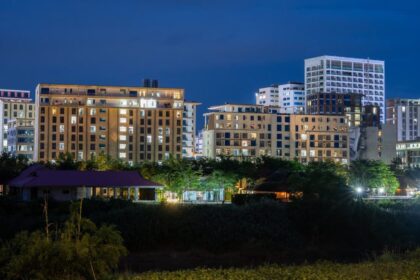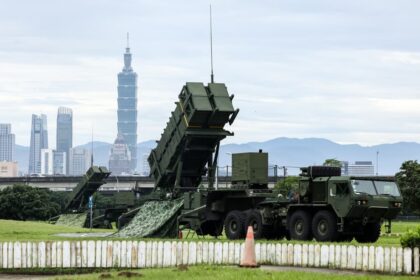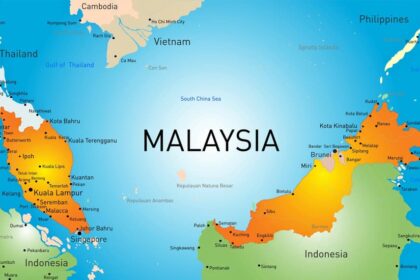Bangladesh’s Lotus Silk: A Sustainable Revolution in Luxury Fashion
In the heart of Bangladesh’s wetlands, a quiet revolution is underway—one that could redefine the future of luxury fashion and set a new global standard for sustainability. The country, long celebrated for its rich textile heritage, has introduced lotus silk: a rare, biodegradable, and luxurious fabric spun from the stems of the pink lotus flower (Nelumbo nucifera). This innovation not only revives ancient craftsmanship but also offers a compelling solution to the environmental challenges facing the global textile industry.
- Bangladesh’s Lotus Silk: A Sustainable Revolution in Luxury Fashion
- What Is Lotus Silk and Why Does It Matter?
- The Journey from Lotus Pond to Luxury Fabric
- Empowering Women and Revitalizing Rural Communities
- Lotus Silk in the Global Fashion Landscape
- Innovation, Tradition, and the Science Behind Lotus Silk
- Challenges and Opportunities: Can Lotus Silk Go Mainstream?
- Lotus Silk and the Broader Movement for Sustainable Fashion
- Looking Ahead: Bangladesh’s Role in the Future of Ethical Luxury
- In Summary
As the world grapples with the environmental toll of fast fashion and the urgent need for sustainable alternatives, Bangladesh’s lotus silk stands out as a beacon of hope. Combining tradition, environmental stewardship, and social empowerment, this fabric is poised to make Bangladesh a leader in the burgeoning market for ethical luxury textiles.
What Is Lotus Silk and Why Does It Matter?
Lotus silk is a textile made from the fine, sticky filaments found inside the stems (petioles) of the lotus flower. Unlike conventional silk, which is produced by silkworms and often involves resource-intensive processes, lotus silk is entirely plant-based and crafted through a meticulous, chemical-free method. The result is a fabric that is soft, glossy, breathable, and naturally wrinkle-resistant—often described as a blend between silk and linen.
What makes lotus silk truly remarkable is its environmental profile. The production process uses no water, chemicals, or fossil fuels. Instead, artisans harvest lotus stems from wetlands without uprooting the plants, allowing for rapid regeneration and ecological balance. The leftover plant material is biodegradable and often repurposed as organic fertilizer or cattle feed, creating a circular economy where nothing is wasted.
In a world where the fashion industry is responsible for significant pollution and resource depletion, lotus silk offers a rare example of a luxury product that is both beautiful and environmentally responsible.
The Journey from Lotus Pond to Luxury Fabric
The process of transforming lotus stems into silk is as intricate as it is sustainable. Artisans begin by carefully harvesting the stems from Bangladesh’s abundant wetlands—beels, haors, and rivers—without damaging the plants. Inside each stem are natural filaments that, when exposed to air, become fine threads. These threads are gently hand-rolled, dried, and spun into yarn using traditional spinning wheels, often crafted from recycled bicycle parts.
It is a labor-intensive process: producing just one meter of lotus silk requires fibers from approximately 40,000 stems. A single scarf can take up to two months to complete, and a full garment may need as many as 120,000 stems. This painstaking craftsmanship is reflected in the price—lotus silk commands between $2,500 and $4,000 per kilogram, making it one of the world’s most exclusive fabrics.
Despite the challenges, the process is deeply rooted in Bangladesh’s textile heritage, echoing the legacy of the famed Dhaka Muslin and Jamdani weaving traditions. The first lotus silk scarf produced in Bangladesh—a six-yard masterpiece—now resides at the Bangladesh National Commission for UNESCO, symbolizing the country’s commitment to innovation and sustainability.
Empowering Women and Revitalizing Rural Communities
Beyond its environmental benefits, lotus silk production is transforming lives in rural Bangladesh. In villages like Ronkoil in Faridpur, women are being trained to extract lotus fibers and spin them into yarn. This initiative provides sustainable employment, economic empowerment, and a sense of dignity to women who previously had limited access to high-value industries.
Sikdar Abul Kashem Shamsuddin, chairman of Bengal Plants Research and Development (BPRD) and lead researcher on the lotus silk project, emphasizes the broader impact:
“This is not just about textiles—it’s about transforming lives. Women who never imagined working in a high-value global industry are now skilled artisans of a premium fabric.”
The project’s social dimension is significant. By creating jobs in wetland areas, lotus silk production helps preserve these vital ecosystems, which are often threatened by urbanization and industrial agriculture. The sustainable harvesting of lotus plants ensures that biodiversity is maintained, and the wetlands continue to serve as hubs of ecological richness.
Lotus Silk in the Global Fashion Landscape
Lotus silk is not entirely new to Asia. Countries like Myanmar, Cambodia, Vietnam, and Thailand have long traditions of crafting lotus fiber textiles, often reserved for Buddhist monks and sacred ceremonies. The story of Daw Sa Oo, who first wove lotus cloth in Myanmar after noticing threads in a lotus stem, is legendary. Today, brands like Samatoa Lotus Textiles in Cambodia have gained international acclaim, winning UNESCO awards and supplying luxury markets worldwide.
Bangladesh’s entry into this exclusive club is recent but significant. The country’s abundant wetlands provide a steady supply of lotus stems, and its skilled labor force is well-positioned to scale production. Internationally, lotus silk is gaining traction as an ultra-premium, eco-conscious fabric. Italian luxury house Loro Piana has introduced lotus silk jackets priced at over $5,000, while Indian brands are developing stain-resistant lotus shirts using advanced nanotechnology.
These global success stories offer a blueprint for Bangladesh. With the right investment in research, sustainable harvesting, and international marketing, the country could become a major player in the ethical luxury market.
Innovation, Tradition, and the Science Behind Lotus Silk
The unique properties of lotus silk stem from its chemical composition—a special type of cellulose found in the petioles of the lotus plant. Researchers have discovered that the quality and quantity of this cellulose depend on the depth of the water where the lotus grows. This insight opens the door to further innovation: modern plant breeding, tissue culture, and biotechnology could enhance fiber yield and quality, making lotus silk production more efficient and scalable.
Bangladesh’s approach blends ancient techniques with modern science. The entire process, from fiber extraction to weaving, mirrors the methods used in the production of historic muslin. The Bangladesh Handloom Board and the Bangladesh Garment Manufacturers and Exporters Association (BGMEA) are actively involved, recognizing the potential for lotus silk to elevate the country’s global standing in the ready-made garment sector.
Ayub Ali, chief of planning and implementation at the Bangladesh Handloom Board, highlights the advantages:
“The yarn obtained from lotus plants is extremely fine and strong—arguably even better than silk. One of the biggest advantages is that you can extract thread from a lotus plant up to four times a month without harming it.”
This sustainable harvesting method ensures that the lotus plant remains healthy and productive, reinforcing the harmony between industry and ecology.
Challenges and Opportunities: Can Lotus Silk Go Mainstream?
Despite its promise, lotus silk faces significant hurdles. The labor-intensive production process limits scalability, and the high cost restricts its accessibility to luxury markets. Training artisans in the delicate art of lotus fiber extraction and weaving is time-consuming, requiring months of practice and mentorship.
Moreover, the global fashion industry is rife with greenwashing—where brands make misleading claims about sustainability without substantive change. Lotus silk, with its transparent, chemical-free process and traceable supply chain, offers a genuine alternative. However, for Bangladesh to capitalize on this opportunity, it must invest in research, infrastructure, and international promotion. Policymakers and industry leaders are calling for:
- Expanded training programs for rural artisans, especially women
- Investment in modern plant breeding and biotechnology to improve fiber yield
- Development of natural dyeing techniques to maintain eco-friendly credentials
- Robust marketing strategies to position lotus silk as a flagship of sustainable luxury
With global consumers increasingly seeking ethical and environmentally responsible products, lotus silk is well-placed to meet this demand—if Bangladesh can overcome the barriers to scale and affordability.
Lotus Silk and the Broader Movement for Sustainable Fashion
Lotus silk is part of a larger trend in sustainable fashion, where designers and brands are turning to plant-based and biomimetic materials. The “lotus effect”—the superhydrophobic property of lotus leaves that repels water and dirt—has inspired the development of water-repellent and self-cleaning fabrics. Other natural fibers, such as pineapple, banana, and abaca, are also gaining popularity in Asia, as seen in the Philippines’ tropical fabric movement and Vietnam’s innovative textile cooperatives.
However, not all “natural” or “biodegradable” fabrics are created equal. Many so-called eco-friendly materials contain synthetic additives or require resource-intensive processing. Lotus silk stands out for its minimal environmental impact, complete biodegradability, and alignment with circular economy principles.
As the fashion industry faces increasing scrutiny over its environmental footprint and the prevalence of greenwashing, lotus silk offers a model of genuine sustainability—one that is transparent, ethical, and rooted in local communities.
Looking Ahead: Bangladesh’s Role in the Future of Ethical Luxury
Bangladesh’s foray into lotus silk is more than a scientific breakthrough; it is a cultural renaissance and a bold step toward a more sustainable future. By leveraging its natural resources, artisanal traditions, and scientific expertise, the country is poised to lead the next wave of ethical luxury fashion.
Mahmud Hasan Khan, president of the BGMEA, underscores the potential:
“Bangladesh has an abundance of canals and wetlands, so this can be done without major investment. At present, all materials are imported from abroad. If we can source the raw materials locally, that would be fantastic.”
With continued investment, policy support, and international collaboration, Bangladesh could transform its wetlands into hubs of innovation, employment, and ecological stewardship—setting a global example for how industry and nature can thrive together.
In Summary
- Bangladesh has pioneered the production of lotus silk, a rare, biodegradable luxury fabric made from lotus stems.
- The process is entirely chemical-free, uses no water or fossil fuels, and supports a circular economy.
- Lotus silk production empowers rural women, preserves wetlands, and revitalizes Bangladesh’s textile heritage.
- The fabric commands premium prices and is gaining international attention from luxury fashion houses.
- Challenges include high production costs, labor intensity, and the need for artisan training and research investment.
- Lotus silk offers a genuine alternative to greenwashing in fashion, with transparent, sustainable practices.
- Bangladesh is well-positioned to become a global leader in ethical luxury textiles if it invests in research, training, and international marketing.
- The rise of lotus silk reflects a broader movement toward sustainable, plant-based materials in the fashion industry.


